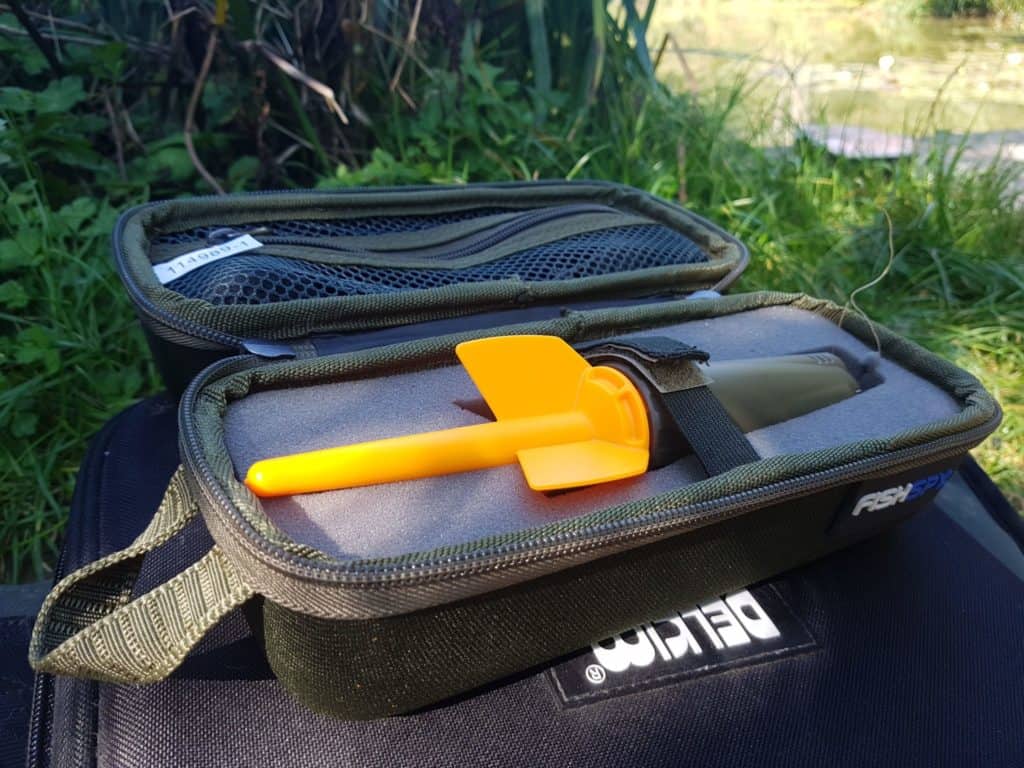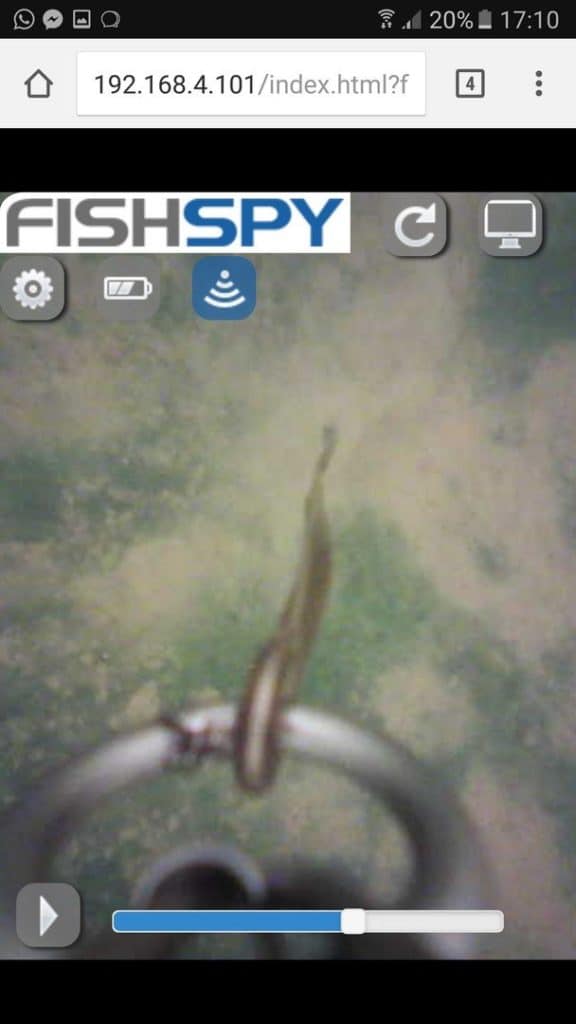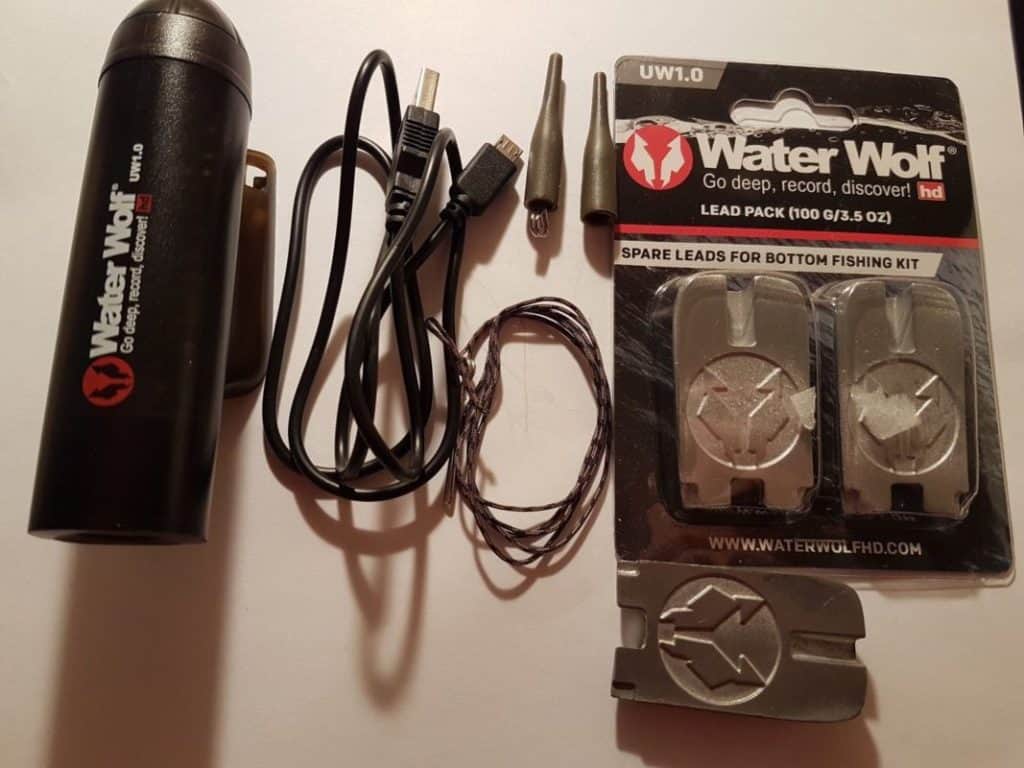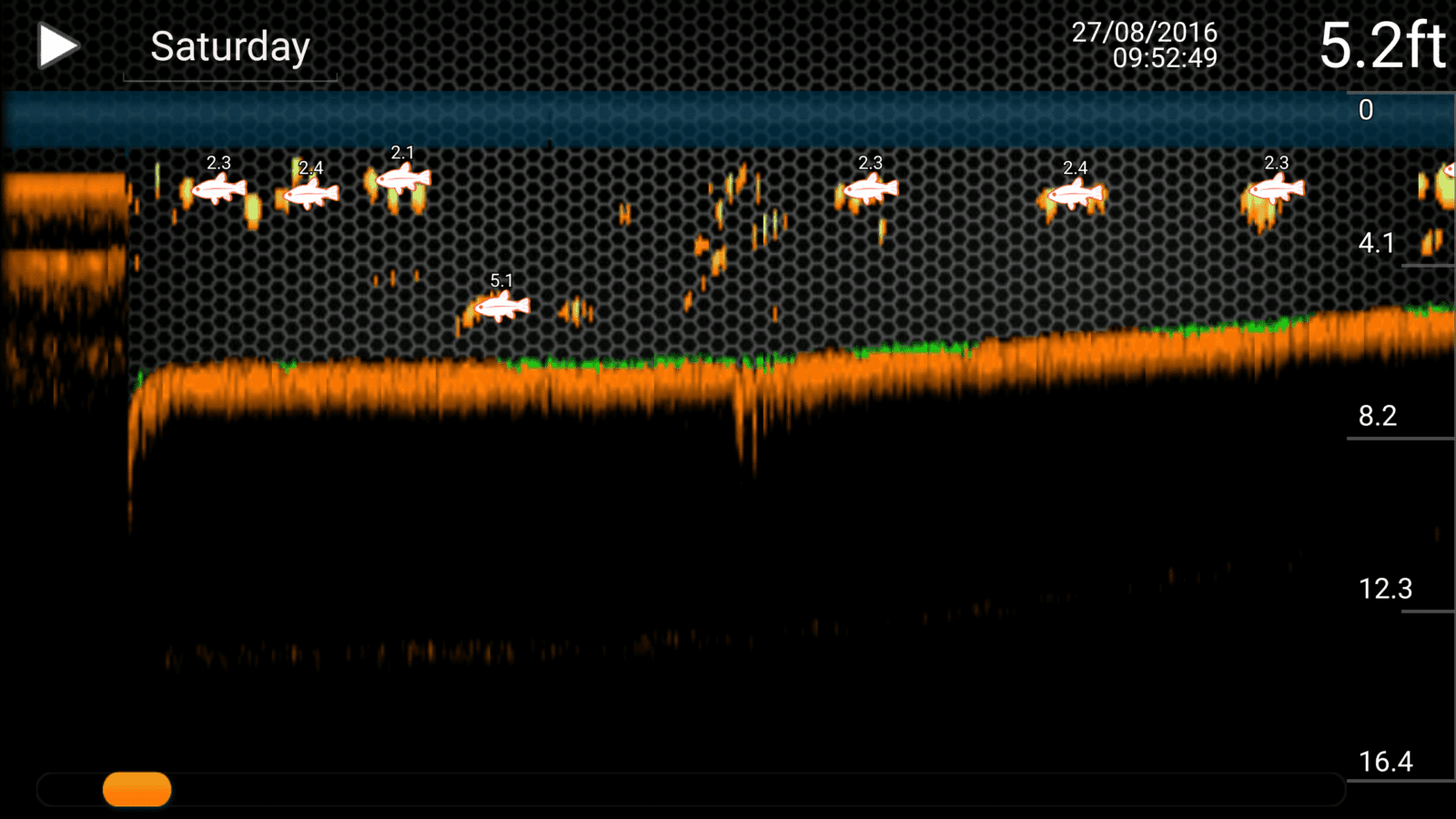How Often and How Much Should You Bait Up When Fishing?
It can be hard to determine how much bait to throw into the water when you first start a fishing session for carp. You have to remember that throwing too much could ruin the entire session. On the other hand, you have to get enough bait into the water to keep the fish in the area.
When Should You Bait Carp on Long Sessions?
For me, the most effective way to catch a lot of fish is by placing rigs on top of well-baited areas. I believe that this method causes the fish to lower their guard and fight for food, which makes them easier to catch.
Sometimes, however, I prefer to limit the amount of bait that I throw into the water during a short fishing session. This method works best if there are several fish already present in the area.
During winter when I tend to spend more time locating and attracting the fish with the right bait and then feeding just enough for a bite. Then go off to find another fish to target

Baiting Tactics for Long Sessions on Big Waters
If I don’t plan on moving for a while, when I choose a particular area or feature that I want to target, I usually try to get the bait in a rectangular shape that’s around six to eight feet wide. Since I know that I can cover a large area with around 20 kilos of bait, I stick to these measurements. The remaining half of whatever particles I’m using at the time is then used kept in case I need to move, or else they get frozen for next time.
For this strategy, I usually concentrate on the center portion of the bait. I also leave a few scatterings at the ends to help me develop a strategy that works best when I believe that the fish are eating the bait.
Casting accuracy is also important when it comes to this strategy. This is why I prefer to use small pegs that are around 30 yards away from the swim. Usually, this method works best when I’m not casting too far.
After the bait has been laid down, I usually leave it unrigged for a couple of hours to allow the fish to feed freely on it. This strategy helps build their confidence and lowers their guard when rigs are present. If there are signs of activity in the area within a couple of hours, I might drop a rig near the outer section to make sure that I don’t have to cover the entire area with tackle.
When I’m sure that the bed of bait is set, I usually make three rigs using short hooklinks. Before casting, I usually throw some bait in the water to scare the fish away. This strategy works best if the fish are scared off by the bait sinking through the water column instead of using a heavy lead. In some underwater videos, Korda revealed that when the fish were scared off by the bait, they would typically come back within a couple of minutes.
After the bait has been in the water for several hours, I usually place one of my three rigs near the center of the densely-baited area. Another rig is placed on the edges of the free offerings, and the third rig is placed somewhere between 6 and 8 feet away from the area. This strategy can often return the bigger fish that are hanging back and feeding cautiously.

How Often Should I Bait Up on Shorter Sessions?
For many years now, I have been fishing day ticket locations in the country. These areas usually have a large number of fish and are known to be very busy during the day. I always start with a heavy dose of bait at the beginning of each session to ensure that the fish are getting a good reason to drop down.
Over the years, my combination of bait has not changed much. The main difference is that this year, I have been using a Live System to great effect. This combination of frozen bloodworm and hempseed has been producing some impressive results.
Depending on the weather conditions and the time of year, I usually start with a large amount of bait at the beginning of each session. This usually varies from around 2/3 to 5 kilograms depending on the conditions. During the productive times of the year, I might introduce up to 5 kilograms of mixed bait to a specific area.
Although some may think that a lot of bait is needed, in terms of the stock of fish, this actually isn’t the case. I will first determine how much I need to cover throughout the day depending on the action I’m seeing. Many other people will also top up the bait if no bites have been made.
In the past, I usually topped up with a small amount of bait after every fish that I caught. This strategy works best when the fish are still feeding on the surface and are not disturbed by large spombs.
Depending on the type of action I’m seeing, I may only re-introduce around 10 large spombs after a few fish have been caught. Over time, I will get a better idea of the best time to start using bait following quick action. One of the most effective ways to get a fish to move in is by casting three rods over a bed of bait.

It’s also important to use a variety of line indicators to tell the fish that they’re feeding in the area. It’s good to keep an eye on the baited area to see if the fish are feeding. If you can’t use a boat, or see your bait, using a Fishspy or a Waterwolf is a good way to check the baited area. I’ve written an article on the Fishspy here (click here to read it).
Make Sure You Check How Much Bait Is On The Spot
On some areas, large groups of fish may easily clear out the area where you’re fishing. If this happens, I will usually add a small amount of bait to the area to attract the fish back in.
If the fish are still feeding on the baited spot but you’re not getting bites, re-casting may be the best option. This method can also help you determine if your rigs are presenting the right bait. Sometimes, I may just re-introduce a small amount of bait without having to use anymore.
Further Reading
I have made a lot of mistakes during my fishing sessions and don’t want you to make the same mistakes. I’ve learned the hard way over 20 years of fishing most weekends, testing, tweaking, and testing again and now want to help you excel with your carp fishing.
If you need any help, you can reach me at Fishing Again’s Facebook page
Last Updated on February 1, 2024 by Shane











